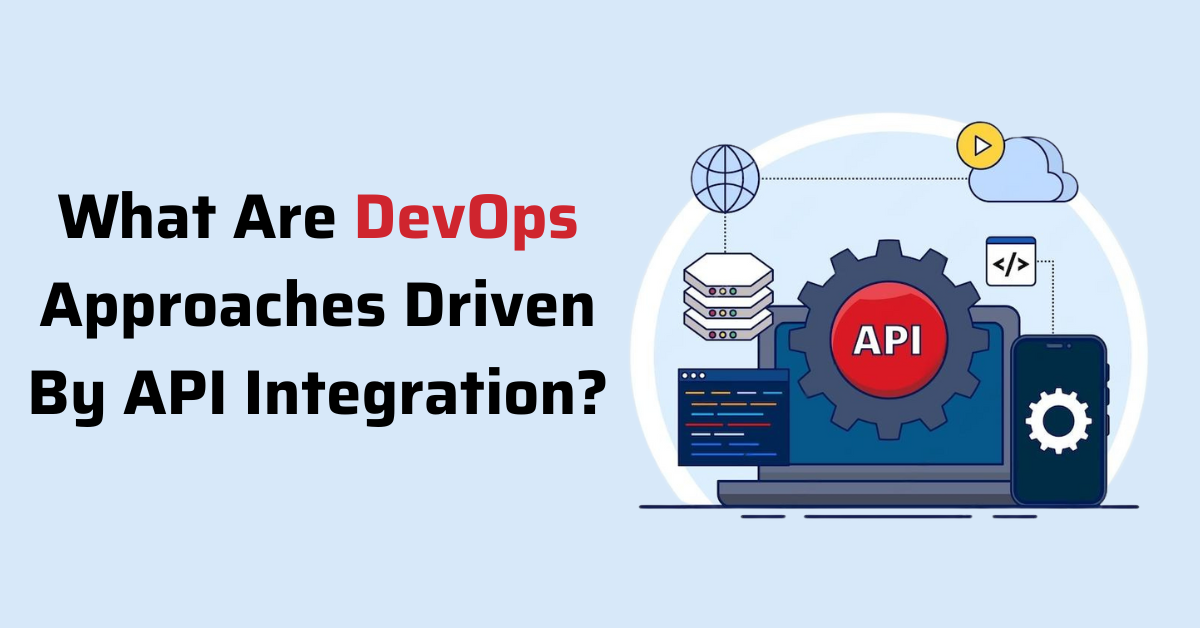As businesses get ready for 2025, DevOps is becoming increasingly popular. Software developers have embraced DevOps, a rethinking of IT culture, to increase IT efficiency. It helps businesses shift the way that contemporary software is created and disseminated, prioritizing rapid iteration over doing it right the first time. Technology is distributed in discrete modules that are improved over time rather than waiting until a complex program is completed.
Even though DevOps will increase both the bottom line and IT functionality, an API strategy is typically expected to maximize DevOps’ benefits. Using API-led networking, businesses can effectively turn any commodity into a controlled API that is easily searchable and collectable, preventing efforts from being repeated throughout the organization.
Greater visibility into any part of the software is necessary for DevOps teams, and this typically calls for the use of one or more APIs. Even though APIs are frequently copied and processed, using them when developing applications can help businesses make better use of DevOps. Potential capital could be removed in this way, enabling more stability and innovation.
Do you know how important APIs are?
You can safely link and expose properties with the help of APIs. Because of this, a team will use these interchangeable components when developing a new program or resource, saving time and money by avoiding the need to start each project from scratch. Additionally, it makes it much easier to enter other supply chains by introducing such skills to partners, private entities, and additional customers.
By merging industry-specific apps with the company’s systems and datasets, API integration helps businesses streamline operations. They ensure smooth and reliable connectivity between various systems, enabling employees to utilize multiple cloud-based programs while simultaneously fostering greater innovation in product development. APIs save businesses money and effort by enabling them to launch new projects quickly and effectively.
Using an API Approach in DevOps
The growing demand for quick deployment in the business sector cannot be met by DevOps alone. Organizations will benefit more from DevOps if APIs are incorporated into the generated objects.
The incorporation allows for the consumption and reuse of these items. Reusing APIs in other programs will allow for continuity and creativity while also saving time and money. Ninety-five percent of IT executives believe that APIs will help them provide services and products more quickly.
To reach their full potential, APIs need to be well-designed, collectable, checkable, and appropriately projected. As a result, APIs need to integrate both globally with private entities and centrally within the organization.
Organizations looking to enhance their DevOps ecosystem with APIs should take into account the following important factors:
Automating the testing phase
Most programmers don’t write checks until they’ve finished their code. Developers can write tests first instead of writing a single line of code with simulated outcomes. Code can be transferred from implementation to deployment even faster as a result.
Controlling the versions
Developers can contribute code across multiple departments with effective configuration management, allowing for concurrent creation and instantaneous insight into changes that conflict with earlier work. What kind of systems? The best tools for handling configuration management are SVN and GitHub.
Analysis can be automated.
Massive amounts of raw data are produced by many contemporary systems. IT teams can use these datasets to develop dynamic reporting systems. The problem is that IT departments frequently lack the resources necessary to decipher and understand this data. Usually, APIs are used for this. Application service and IT teams can use APIs to develop applications that process this data and make it available to users. As a result, developers avoid a monitoring team and are able to observe the entire real-time performance of the application.
Automate the method.
As teams create new software, they can create recipes that allow the program to be disassembled and reassembled in the right way each time it is disassembled for changes or enhancements. Objects, libraries, file structures, connectors, and even samples are frequently utilized in applications. Because cloud has its own set of settings, using approved and built-in automation software can speed up distribution and lower error rates.
Utilization
Lastly, another element that is emphasized by excellent DevOps activities is reuse. Using an API-led networking approach, teams will make sure that when an asset moves through the pipeline, others are aware of it, know how to use it effectively, and can safely traverse it.
DevOps can help companies cut down on downtime and increase reliability while also making it easier and faster for them to switch to new systems. It is a strategy, however, that necessitates a thorough understanding of the interplay between organizations, systems, and technologies. A hybrid approach to communication that is led by APIs and DevOps can help achieve this goal.
Wrap Up
A method’s performance and failure may diverge as a result of DevOps activities. By removing the need to start a new project from scratch, APIs will help teams save time and money. An API policy will also help companies use cloud APIs, integrate the DevOps pipeline with a version control system, and fix problems with legacy systems in order to implement a cloud-native solution.
